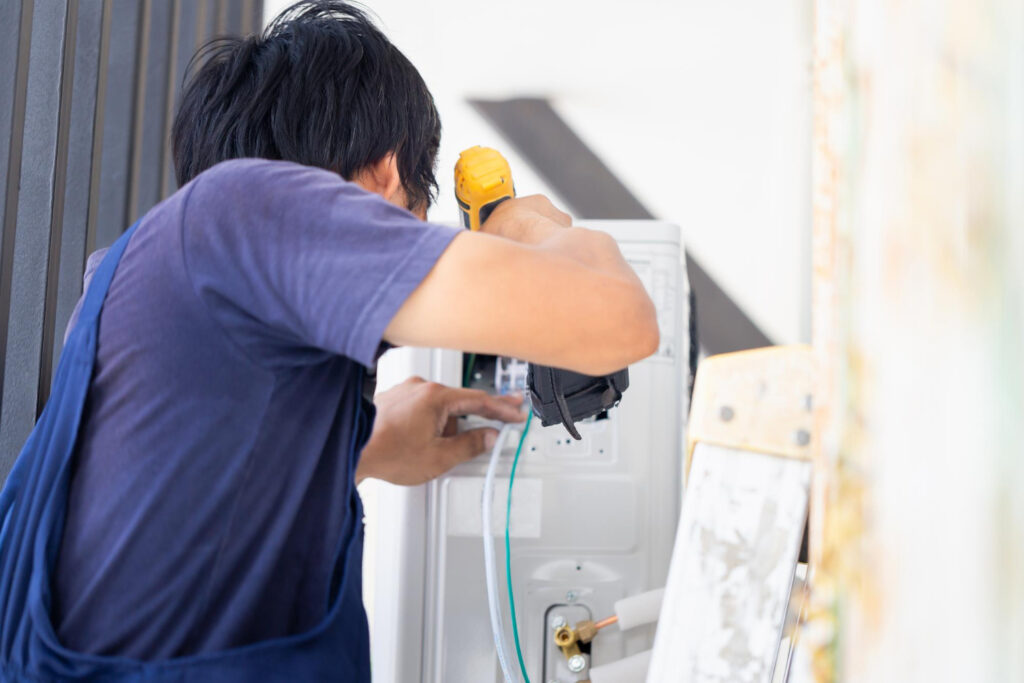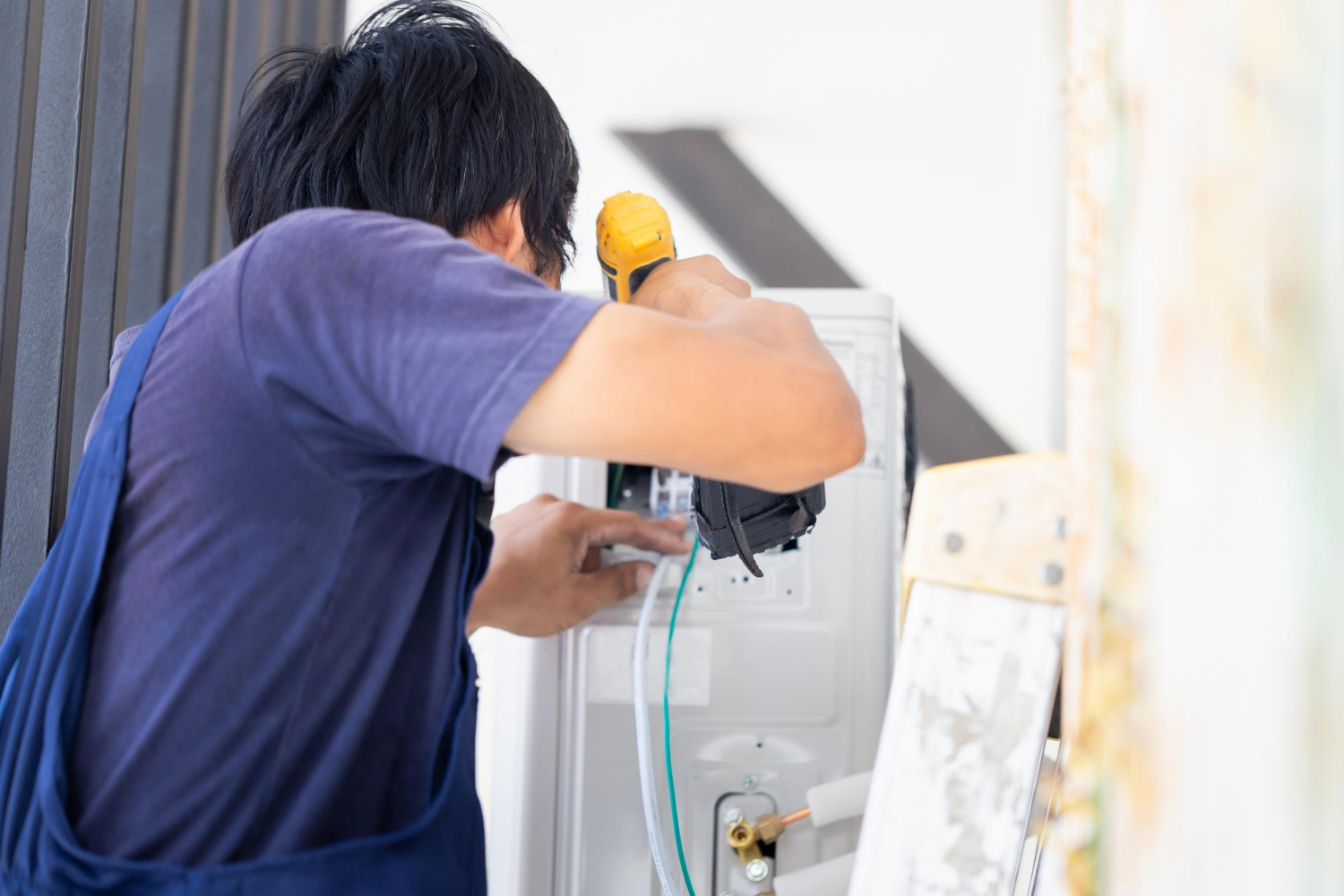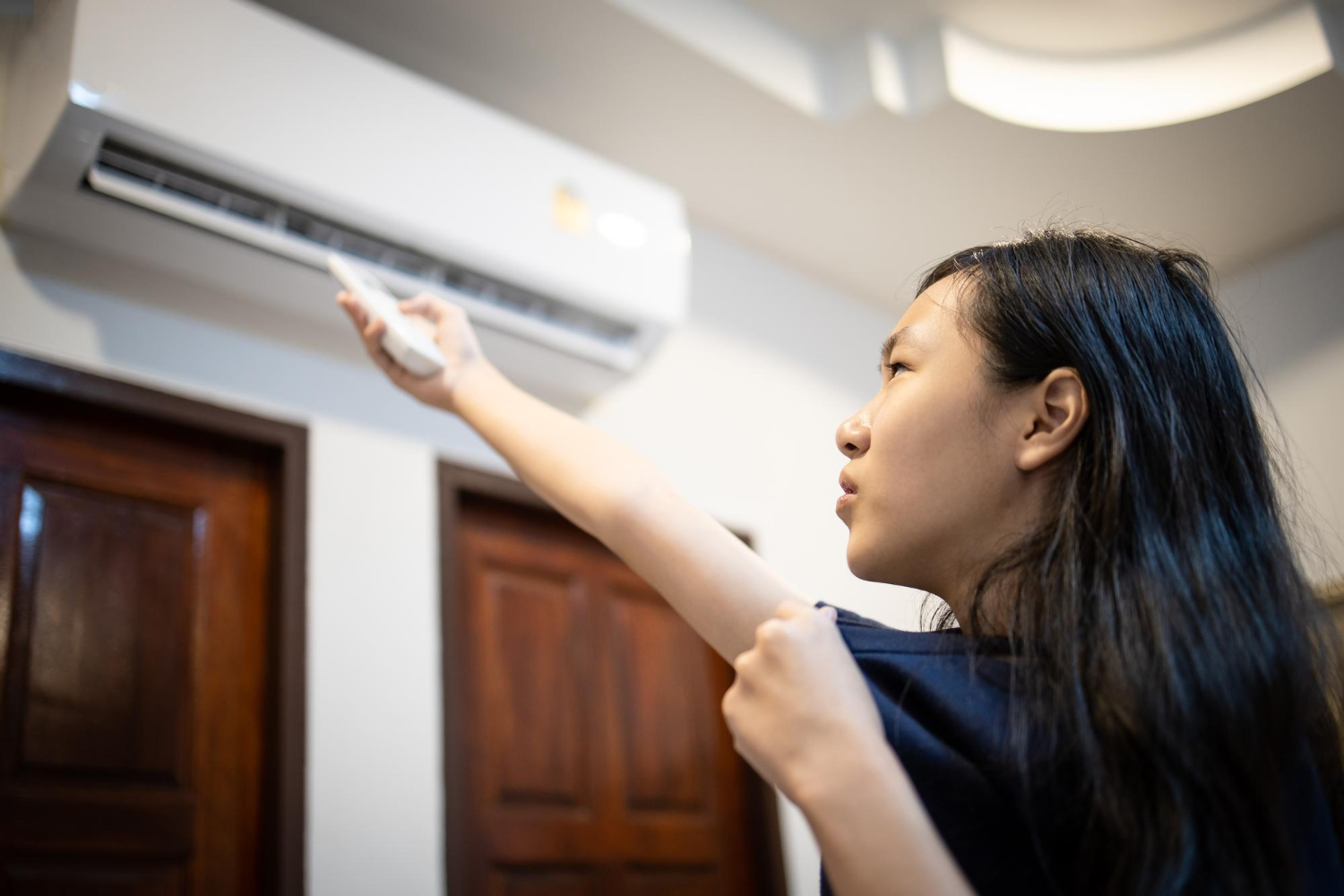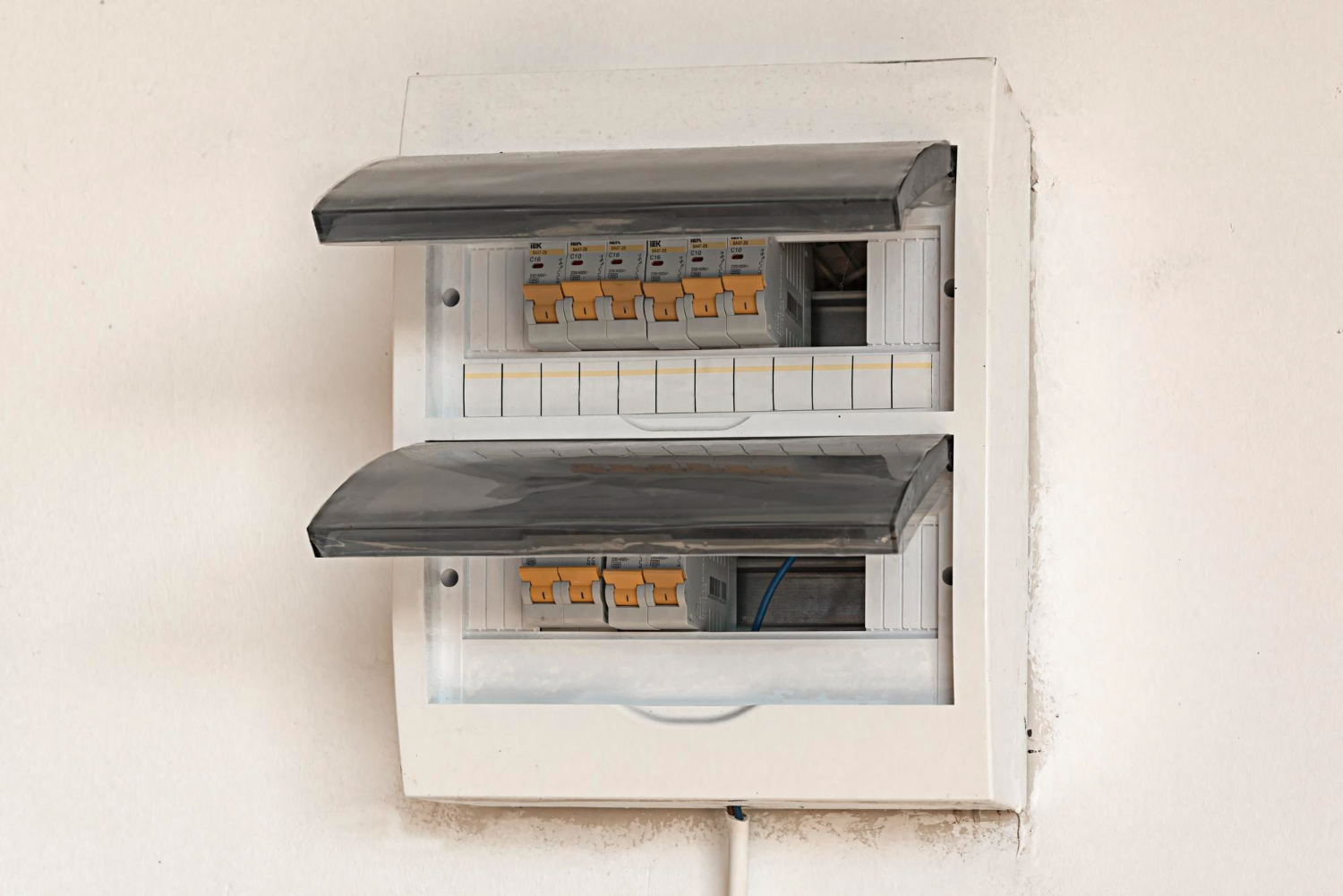A heat pump that’s leaking refrigerant isn’t just a small issue. It can mean higher energy use, reduced comfort, and in some situations, full system breakdown. For homeowners in Olney, this type of leak can grow slowly over time, going unnoticed until it affects how well your system heats or cools your home. If your system struggles to maintain the temperature you’ve set, the refrigerant level could be the problem.
Getting ahead of a refrigerant leak is the smart move. The longer the leak continues, the more damage it can cause to other parts of the system. It puts stress on the compressor, reduces efficiency, and shortens the unit’s lifespan. Acting quickly can help save money on repairs and keep your home comfortable during extreme temperatures.
Identifying the Signs of a Refrigerant Leak
Spotting problems early helps avoid major breakdowns. Many refrigerant leaks in heat pumps start small but show signs that shouldn’t be ignored. Even if your system is still running, lower performance can be a red flag that something isn’t right.
Here are some signs that suggest your heat pump might be leaking refrigerant:
– Indoor temperatures that don’t match the thermostat even after running the system for a long time
– Ice forming on the outdoor unit or along the refrigerant line
– Warm air blowing inside when the system is set to cool
– Hissing or bubbling sounds coming from the unit or nearby lines
– A sudden increase in your energy bill without any changes in usage
If you notice any of these issues, it’s best to look closer. In some cases, homeowners in Olney find ice buildup on the coils outside during a summer afternoon. That usually happens when low refrigerant causes the evaporator coil to get too cold, freezing the condensation that normally drips away.
You can do a quick visual check by looking at the lines around your heat pump. If you see frost, condensation, or oil spots along the pipes, that could point to a leak. Still, it’s not always something you’ll be able to see. Since refrigerant is invisible and odorless, you won’t always find a clear trail. Our professionals are trained to spot leaks using equipment that pinpoints small holes more accurately than a simple inspection.
If your system is acting up and showing signs like these, don’t wait too long. A slow leak might seem harmless at first, but it can grow into a larger problem that affects your indoor comfort and your wallet.
Causes of Heat Pump Refrigerant Leaks
Refrigerant doesn’t get used up during normal operation. When it’s low, a leak is present. It helps to know why the system is leaking so the issue doesn’t repeat.
Here are some of the most common reasons refrigerant escapes from a heat pump:
1. Worn copper lines: Over time, age and vibration can cause cracks or holes in the tubing that carries the refrigerant.
2. Corrosion: In Olney’s humid summers, constant exposure to moisture can lead to corrosion, especially where metal parts meet the elements.
3. Loose connections: Fittings, valves, and joints may loosen over time from system vibration or temperature changes.
4. Friction damage: If parts shift or rub against each other for any reason, this contact can eventually wear through insulation and metal.
5. Manufacturing defects: Some leaks surface early due to flaws in materials or the way the system was assembled.
Routine maintenance often catches these kinds of problems well before they turn into a full-blown leak. Our technicians are trained to inspect points where wear or corrosion can start, even if a homeowner wouldn’t spot them on their own.
When leaks are caught early, they’re usually easier and more affordable to fix. More importantly, finding and correcting what caused the leak helps prevent future issues and extends your system’s operating life.
Steps Our Professionals Take to Address Refrigerant Leaks
When our technicians are called to check a suspected refrigerant leak, they begin by performing a full system diagnostic. This helps them confirm whether a leak exists and determines where it’s located. They check refrigerant levels, test temperature readings, and examine common trouble spots.
Since refrigerant is not visible to the eye, our team often uses tools like electronic detectors or UV dye to find the smallest leaks. These tools are more effective than a simple walkthrough and allow for a more precise repair plan.
Once the leak is located, our professionals determine the best way to fix it. Small holes or cracks may be sealed. For more serious damage, we may replace the faulty part such as a section of tubing or a valve. All repairs aim to stop the current leak and help keep it from coming back.
After repairs are completed, our professionals recharge the system with the exact amount of refrigerant specified by the manufacturer. This matters because too little refrigerant can lead to poor cooling, and too much can cause long-term strain.
Final testing includes checking refrigerant pressure, running a full cooling cycle, and making sure your system returns to a stable, efficient operating range. This helps confirm the system is working properly again and ready to handle hot summer temperatures in Olney.
Preventive Measures to Avoid Future Leaks
Once a refrigerant leak is fixed, the best next step is regular care to avoid future problems. A few basic habits and inspections can go a long way in keeping the system working properly over time.
Ways to help prevent refrigerant leaks:
– Schedule seasonal inspections before summer heat peaks
– Clear grass and debris from around the outdoor unit to prevent trapped moisture
– Keep the heat pump level to reduce vibration and physical stress
– Avoid covering the unit in a way that limits airflow or keeps dampness trapped
– Report unusual system behavior, including noise, long cycles, or poor airflow
Leaks don’t always appear quickly. Sometimes the signs build over time while the system is still running. That’s why it helps to have our technicians check refrigerant levels and inspect components once a year.
These small steps also reduce the chance of a summer failure when your comfort depends on a properly working heat pump. Preventive attention keeps parts clean, monitors system pressure, and spots any changes before they lead to a breakdown.
For Olney residents, this is part of keeping your cooling season worry-free. Less downtime, fewer emergency calls, and better performance all follow from regular maintenance.
Ensuring Long-Term Efficiency and Comfort
Refrigerant leaks can limit performance, increase your energy bill, and shorten the life of your heat pump if not fixed properly. A system that runs with too little refrigerant will work harder than it should and provide weaker results.
Solving leaks early protects your comfort now and down the road. Our professionals identify and fix the leak, restore proper refrigerant levels, and test performance to make sure the system is ready for the next heat wave.
For homeowners in Olney, keeping your heat pump in good shape starts with dependable repairs followed by consistent care. Whether you’re dealing with mild airflow issues or a more obvious drop in cooling, professional service makes a long-term difference.
Find small issues early, and you’ll save energy and avoid bigger repairs. Regular check-ups by our technicians help extend your system life and keep your home cool when it matters most. Keeping refrigerant levels where they belong is one of the smartest ways to stay comfortable through the summer season.
If you notice signs of refrigerant leaks and reduced performance in your heat pump, our professionals are ready to help ensure your system operates efficiently throughout the season. Rely on ADI Heating & Air for expert support backed by trusted heat pump service in Olney. For a quick estimate or to book a service visit, please contact us today.












